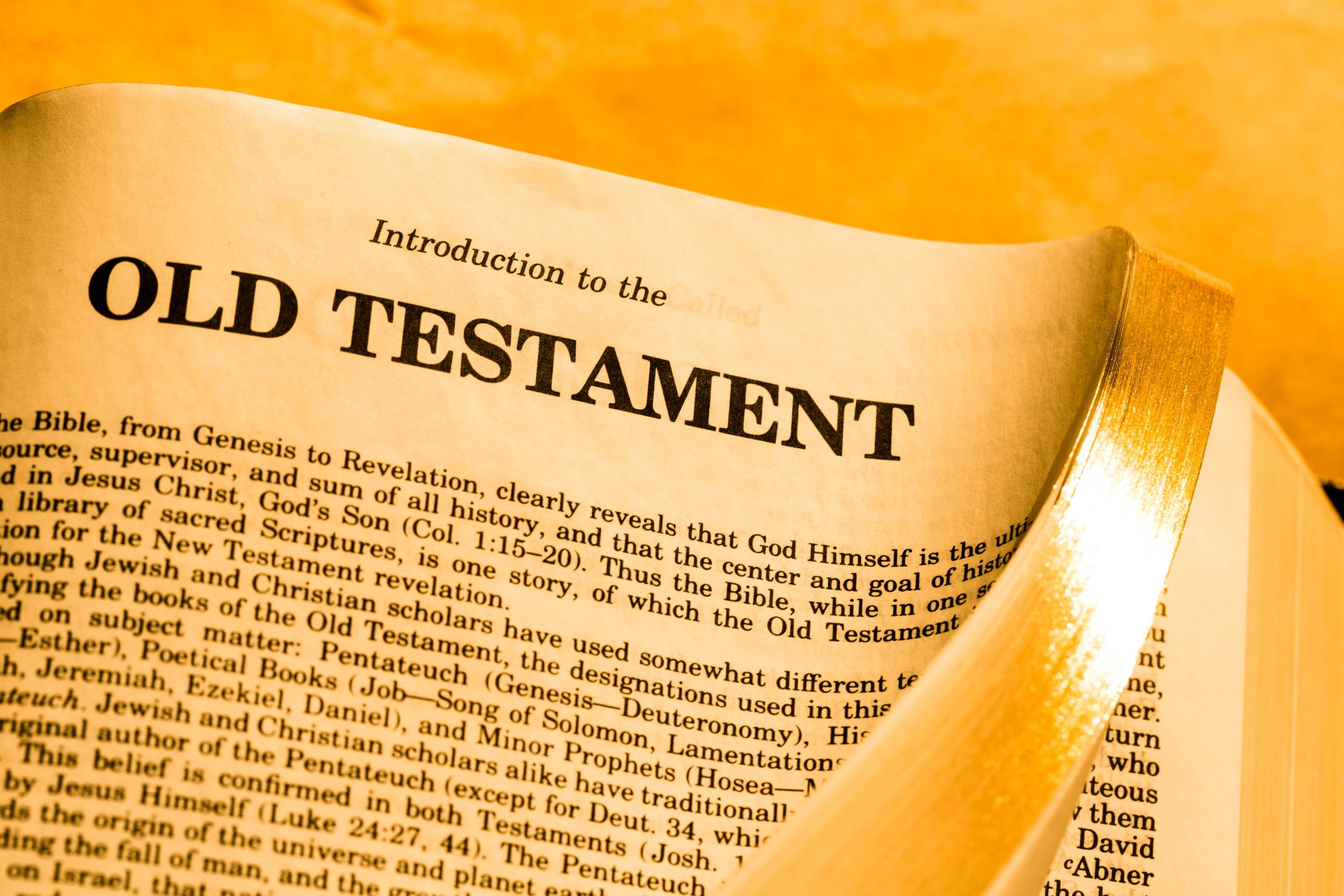What is the difference between the tree of life and the tree of knowledge in the Garden of Eden?

The first mention of these two trees is found in Genesis 2:8-9. “Now the Lord God had planted a garden in the east, in Eden; and there he put the man he had formed. The Lord God made all kinds of trees grow out of the ground—trees that were pleasing to the eye and good for food. In the middle of the garden were the tree of life and the tree of the knowledge of good and evil.”
God gave Adam instructions as to which trees he was allowed to eat the fruit of and from which tree he was not allowed to eat.
“And the Lord God commanded the man, ‘You are free to eat from any tree in the garden; but you must not eat from the tree of the knowledge of good and evil, for when you eat from it you will certainly die.’” Genesis 2:16-17
This was a commandment from God, which, if disobeyed, would have dire consequences, ending in death. This was a simple test of obedience, which Adam completely understood.
After Eve came on the scene, Adam told her that they were not allowed to eat of the tree of knowledge of good and evil. However, Satan, in the guise of a serpent, tempted her by telling her that she would not die if she ate from the tree of knowledge. When both Eve and Adam ate from the tree, their eyes were opened and they saw their own nakedness. When they heard God walking in the garden they hid and lied about what had happened. Below is the story from (Genesis 3:1-13)
Punishments were then levied on Adam, Eve and the serpent (Satan). (See Genesis 3:14-20) These punishments have impacted all of Adam’s progeny to this day, the end result of which is death.
Due to their sin, Adam and Eve were not allowed to stay in the Garden because the Garden contained the tree of life. If they ate from it they would continue to live on forever. Furthermore, the ground outside the Garden was cursed (verse 17) or imperfect. By feeding on plants grown in that environment, man would eventually suffer the penalty of death. Below is the last part of the story regarding the tree of life from Genesis 3:21-24:
“The Lord God made garments of skin for Adam and his wife and clothed them. And the Lord God said, “The man has now become like one of us, knowing good and evil. He must not be allowed to reach out his hand and take also from the tree of life and eat, and live forever.”
So the Lord God banished him from the Garden of Eden to work the ground from which he had been taken. After he drove the man out, he placed on the east side of the Garden of Eden cherubim and a flaming sword flashing back and forth to guard the way to the tree of life.
God created man in his “image” (Genesis 1:26-27), which means that man has the ability to reason and to make choices. God could have made man a robot to always do what is right, but then he would not be in God’s “image.” God could have shielded man from Satan’s temptation, but then man would still have been subject to ambitions from within. In God’s wisdom, He foreknew that Adam would sin. However, Adam was master of his own God-given free will and could have chosen to obey God’s command.
God always allows humankind the option of choosing righteousness or sinfulness, just as He allowed Adam that choice. When God expelled disobedient Adam and Eve from his fellowship they began to “know good and evil” (Genesis 3:22) and to appreciate the difference. During all the centuries thereafter humankind has been learning the same lesson as well.
If God had not planned to send his Son to die in order to pay the price as a ransom for Adam, all humanity would have been doomed to die with no chance of a future life. But Jesus paid the price at Calvary, assuring us that every person who has ever lived will have the opportunity for either eternal life in heaven or everlasting life on earth during the Day of Judgment.
Knowing that God had a well-devised and thought out plan in place since the foundation of the earth (Revelation 13:8) helps us understand why He permits misery and death in this present evil world so that each individual can learn the lesson of the sinfulness of sin.
For more on this question, listen to our full podcast episode, “Why the Tree of Life and the Tree of Knowledge?”
To learn more about the hope for the future listen to, “Are Jesus’ Ransom and Our Salvation the Same?”






